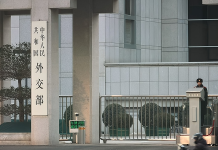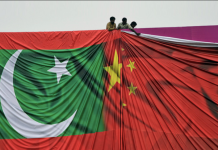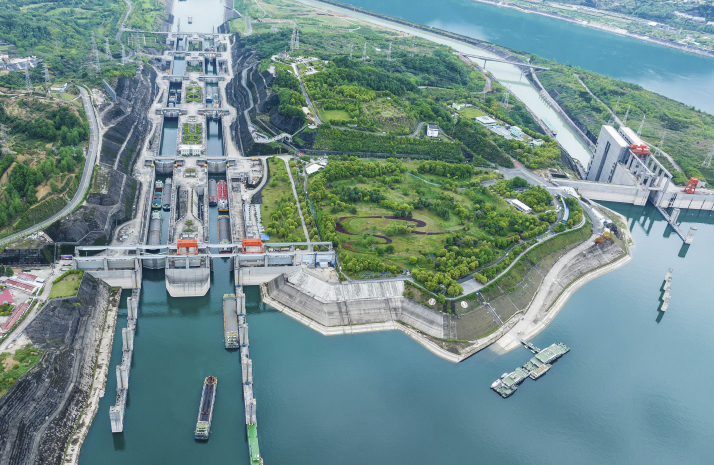
At the crossroads of Shanghai and its neighboring Zhejiang and Jiangsu provinces, a quadrangle complex is under construction as part of a demonstration zone for integrated ecological and green development in the Yangtze River Delta, one of China’s most robust, open and innovative regions.
Built directly over the Taipu River, which flows through Shanghai, Zhejiang and Jiangsu, the complex will be designed as four pavilions connected by three bridges over the river, showcasing Shanghai, Jiangsu, Zhejiang and Anhui provinces.
The quadrangle, named the Square Hall and Water Courtyard, is a milestone in the development of the entire demonstration zone, known as the Watertown Parlor, which spans three cities at the provincial crossroads and covers about 35.8 square km, even larger than the area of Macao Special Administrative Region in south China.
The cross-provincial zone focuses on a natural and ecological layout with a combination of water, forest and farmland; and promotes the coordinated protection and treatment of the water, air and soil environment.
Based on the layout of the zone released in May, the zone’s interconnected ecological system and transportation network will take shape by 2025, and the zone will become a model “world-class water village and human settlement” by 2035.
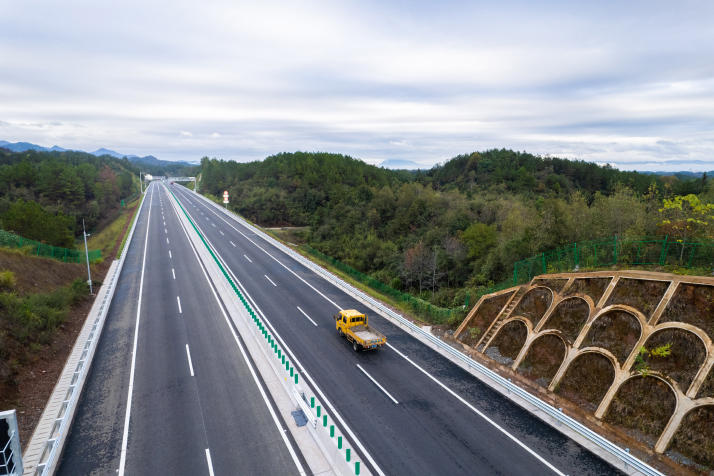
Green priority
The integrated development of the Yangtze River Delta is one of the two important national strategies that China has launched to promote the development of regions along the Yangtze River—the longest river in China and also known as the country’s Golden Waterway. It was elevated to the level of national strategy in 2018. The other related national strategy is the Yangtze Economic Belt. Proposed by President Xi Jinping in 2013, it became a national strategy in 2014.
Originating in the Qinghai-Xizang Plateau in west China, the Yangtze flows through 11 provincial-level regions before emptying into the East China Sea, encompassing several of China’s economic powerhouses and major rice-producing areas.
The Yangtze River Delta includes the municipality of Shanghai and its three neighboring provinces of Zhejiang, Jiangsu and Anhui; the Yangtze Economic Belt covers all the provincial-level regions along the river.
Environmental protection has long been considered the fundamental basis for high-quality development along the river. President Xi stressed that “green development is the top priority” at four different symposiums on the development of the Yangtze Economic Belt.
In recent years, China has taken a series of measures to protect the Yangtze, including removing chemical factories from the river banks, restoring the river’s shoreline, improving wastewater treatment and imposing a 10-year fishing ban from 2021 to 2030 on the river’s mainstream and major tributaries.
The combination of these efforts has been a success story. For example, the number of rare Yangtze finless porpoises, a barometer of water quality in the river basin, had increased from 1,012 in 2017 to 1,249 as of late 2022.
Such efforts require cross-provincial cooperation. While presiding over a symposium on promoting the integrated development of the Yangtze River Delta in Shanghai on November 30, Xi said different regions should cooperate in formulating policies on energy conservation and emission and carbon reduction to build a regional green manufacturing sector.
Cong Yi, a professor of economics at the Tianjin University of Finance and Economics, said in an interview with newspaper Global Times that environmental protection is “a prerequisite for the future progress of the Yangtze Economic Belt,” adding that the belt’s green and sustainable development pattern “will serve as a model for the development of other regions.”
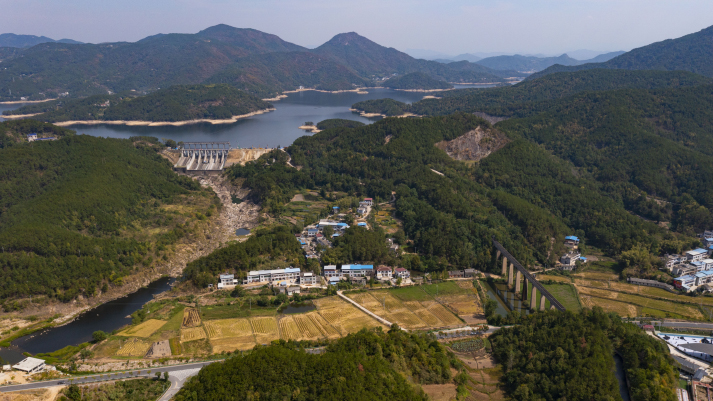
Linked in
According to official statistics, the economic belt covers more than 2 million square km, or one fifth of China, and is home to 43.1 percent of the total national population. Its GDP, which gauges the size and health of an economy, reached 55.98 trillion yuan ($7.86 trillion), 46.5 percent of the national total, in 2022.
“The 11 provincial-level regions in the Yangtze Economic Belt have different levels of development,” Wu Chuanqing, a professor of economics at Wuhan University, told newspaper China Economic Times. There are some most-developed places such as Shanghai and Jiangsu Province in east China and less developed ones including Guizhou and Yunnan provinces in the southwest part of the country. “Cooperation between these regions can facilitate the orderly transfer of capital-, technology-, and labor-intensive industries from the country’s eastern regions to its central and western areas, and from metropolitan centers to inland regions.”
This relocation of industries will not only help alleviate resource and environmental pressures in the eastern regions, but also create new opportunities for economic development in the central and western regions, thus reducing regional disparity.
“The relocation of industries from metropolitan centers to inland regions helps redistribute economic activities, thus reducing congestion and promoting sustainable urbanization,” he said. “Moreover, this process encourages the diffusion of knowledge, technology and management practices, in turn contributing to the overall improvement of productivity across the entire economic belt.”
But achieving these goals will require a supportive policy framework that encourages innovation, entrepreneurship and investment in the central and western regions. This could include measures such as tax incentives and improved infrastructure to facilitate the smooth transition of industries, according to Wu.
Therefore, enhancing connectivity within the Yangtze Economic Belt is vital for facilitating the efficient flow of goods, services and people.
This includes building high-speed rail networks, highways and waterways, as well as upgrading information and communication technologies.
One of the most significant achievements in the belt’s integrated development in recent years has been the improvement of transportation infrastructure.
For example, the Shanghai-Kunming High-Speed Railway, completed in 2016, has reduced travel time between the two cities from more than 30 hours to just 10 hours.
Similarly, the construction of the Nanjing-Zhenjiang-Yangzhou Bridge has shortened the distance between these three cities, promoting more economic ties and cooperation.
In June, a new subway line officially opened in Suzhou, Jiangsu Province, allowing travelers to connect directly to Shanghai’s Line 11, creating a convenient trip between the two cities.
In September, the second intercity high-speed railway between Jiangsu’s capital city of Nanjing and Shanghai started operating. This new line is expected to unlock the growth potential of more county-level areas in the region.
But the concept of getting linked in is not limited to the Yangtze Economic Belt.
The China-Laos Railway, which connects southwest China’s Yunnan with Laos and, by extension, Southeast Asia, plays a crucial role in integrating Yunnan into the global economy and strengthening its position within the Yangtze Economic Belt.
The expanding China-Europe Railway Express, with its freight trains connecting China and Europe, is an integral part of the Belt and Road Initiative, an initiative proposed by China to strengthen connectivity along and beyond the ancient Silk Road routes. The express line has also provided a reliable and efficient transportation alternative to traditional maritime routes, reducing transit times between China and Europe.
This has benefited a range of industries in the Yangtze Economic Belt, including electronics, automotive and machinery manufacturing, facilitating the integration of the Belt into global supply chains and lifting the region’s export-oriented economy.
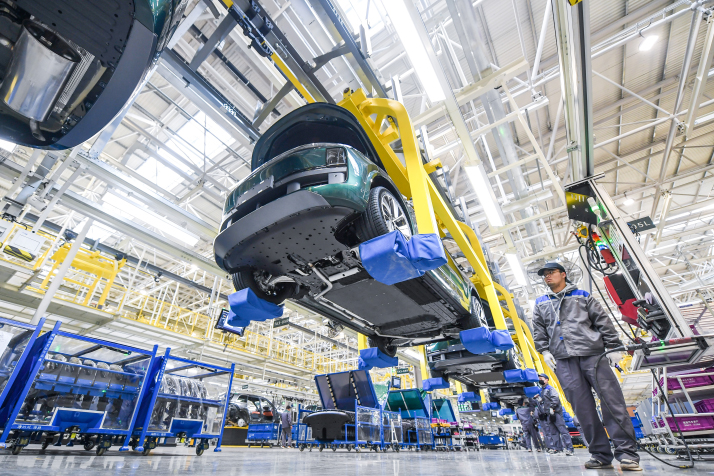
Smarter ways
With numerous top universities, research institutes and hi-tech industrial parks, the Yangtze Economic Belt has a wealth of talent and knowledge for technological breakthroughs and has become a driver of innovation and smart manufacturing.
Data from the National Bureau of Statistics show that total research and development (R&D) expenditure in the Yangtze Economic Belt reached 1.48 trillion yuan ($207 billion) in 2022, up 10.4 percent year on year.
“The R&D investment is complemented by the area’s well-established manufacturing base, which allows for the rapid prototyping, testing and scaling of new innovations,” said Zou Wei, a professor of economics at Wuhan University, at a forum on promoting high-quality development of the Yangtze Economic Belt on November 15.
Guizhou, located in southwest China, has been making great progress in the digital industry over the past few years. Guizhou has become a hub for China’s digital economy, with the provincial government actively promoting the development of big data and cloud computing industries.
With its favorable climate and rich natural resources, Guizhou has attracted many leading tech companies to establish their data centers in the region, including Chinese tech titans Huawei and Tencent.
At the inaugural East Lake Forum held in Wuhan, capital of Hubei Province, in October, participating experts, policymakers and business leaders discussed and shared best practices in driving technological progress along the Yangtze River.
“We will work together to advance the construction of Shanghai as a global innovation and technology hub and Wuhan as a nationally influential science and technology innovation center,” Xiao Song, Vice Director of the Hubei Provincial Science and Technology Department, said at the forum. “We will promote coordinated interaction along the Yangtze River. This collaborative effort aims to foster a more vibrant cross-regional innovation network.” –The Daily Mail-Beijing Review news exchange item

